Top Blockchain Technology Trends in 2019 and Beyond
It was nearly a decade ago when the Blockchain technology made its public debut.
Since then, this game-changing technology powering Bitcoin and other similar cryptocurrencies has been continuously evolving and has now become more than just a buzzword. According to Deloitte’s 2019 Global Blockchain Survey, 83% of companies today believe there is a compelling business case for Blockchain and 23% of them already initiated a Blockchain deployment.

Moreover, since the adoption of Blockchain is in full throttle, the global Blockchain technology market is projected to reach up to $16.82 billion by 2026 - according to a recent study published by Market Study Report. The future has, therefore, a lot of scope for Blockchain-based solutions.
The evolution of Blockchain technology over the past few years has been quite magnificent as the technology has made its way from cryptocurrency transactions to a broad spectrum of industry verticals, spanning from Real Estate to Automative to Healthcare. Nonetheless, this groundbreaking technology has not yet reached its full potential and still has a lot to offer.
From a technological perspective, Blockchain has been persistently conquering new boundaries day by day which eventually leads to the emergence of new Blockchain trends. Through this write-up, we'll get acquainted with some of the top emerging Blockchain technology trends that will shape the future of Blockchain in 2019 and upcoming years.
Let’s get started!
Blockchain as a Service (BaaS) will Go Mainstream
One of the biggest challenges businesses face when adopting the Blockchain technology is the technical complexities and operational overhead involved in the creation, configuration, and management of the Blockchain infrastructure, and this is where Blockchain as a Service (BaaS) model comes into the picture.
Currently integrated by a number of startups as well as enterprises, Blockchain as a Service is a new trend that allows users to leverage the power of Cloud Computing to build, host, and use their own Blockchain solutions, including smart contracts, decentralized applications, and other similar things that doesn’t require the complete Blockchain-based infrastructure to work. Some of the companies that have already embraced BaaS are:
- Microsoft
- Oracle
- Amazon
- IBM
- HPE
- SAP

As Blockchain revenue is anticipated to hit US$10.6 billion by 2023, we can expect more and more companies to invest in BaaS. Some of the best use cases of Blockchain as a Service (BaaS) are:
- Performance Contracts
- Resource Sharing
- Contract Execution
- Document Origin Tracking
- Trade Single Window
The Introduction of Hybrid Blockchains
Currently, Blockchain technology can be divided into two main categories:
- Public Blockchain: This type of Blockchain is open to the public and allows anyone to view and maintain the data within a particular block. Means, there is no single entity to own the network or store the data.
- Private Blockchain: This type of Blockchain is not open for the public and abide by various permissions. Consequently, only a few users have the right to read or modify the data within a specified block.
Both configurations are not suitable for highly-regulated organizations since a public Blockchain suffers from security concerns and a private Blockchain is not as decentralized as the public Blockchain. To address this issue, a third configuration comes into existence, called Hybrid Blockchain.

Combining the best features and functionalities of both private and public Blockchain configurations, a Hybrid Blockchain offers users a highly customizable solution with unmatched transparency, integrity, and security. A few use-cases of Hybrid Blockchains are:
- Hybrid Internet of Things (IoT)
- Banking
- Supply Chain Management
- Enterprise Services
As an example, XinFin - the first Hybrid Blockchain platform - build a unique network for Ramco Systems to facilitate the management of supply chain logistics. Some of the well-known advantages of Hybrid Blockchains are:
- Lower Transactional Costs
- Operates in a Closed Ecosystem
- Protection from Cyber Attacks
- Options to Change the Rules
- Helps in Maintaining Confidentiality
Owing to its unique capabilities and attributes, the Hybrid Blockchain configuration is being prominently used by government organizations and therefore holds high potential to become one of the key Blockchain trends in coming years.
A Swift Rise in the Usage of Federated Blockchain
Federated Blockchain is another fastest emerging trends in the Blockchain industry. It is indeed an upgraded version of the basic Blockchain model, which is considered to be ideal for several specific use cases.
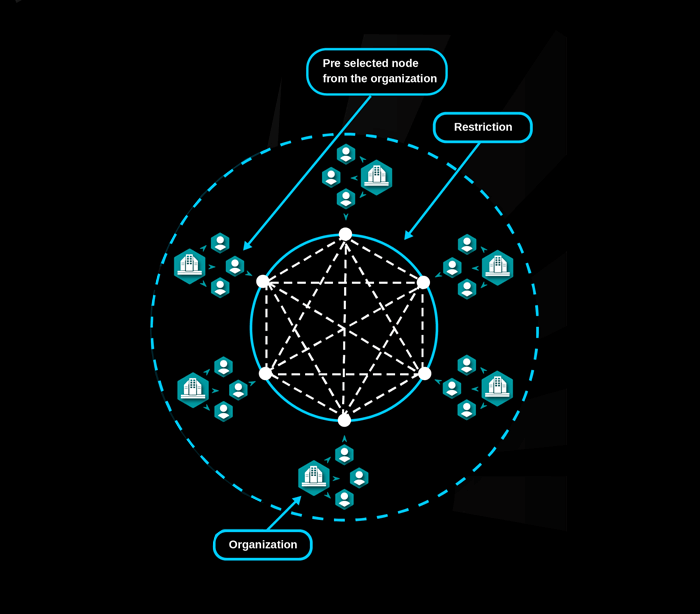
Although Federated Blockchains are quite similar to Private Blockchains, there are a few differences that set them apart from the Private Blockchains. For instance, instead of being controlled by a single entity, there are several authorities (integrated into a consortium) to control the pre-select nodes of the Blockchain. Some of the best use cases of federated Blockchain include:
- Insurance Claims
- Financial Services
- Food Traceability
- Multiparty Aggression
- Supply Chain Management
- Organizational Records Security
Voltron, a project powered by R3 and CryptoBLK, and Walmart’s use of IBM’s Blockchain are two excellent examples of this kind of Blockchain.
Ricardian Contracts: The New Way to Sign Agreements
Being an integral part of automated decentralized applications (dApps), Smart Contracts are quite popular these days. However, their functionality is somewhat limited, and this is where Ricardian contracts come into play.
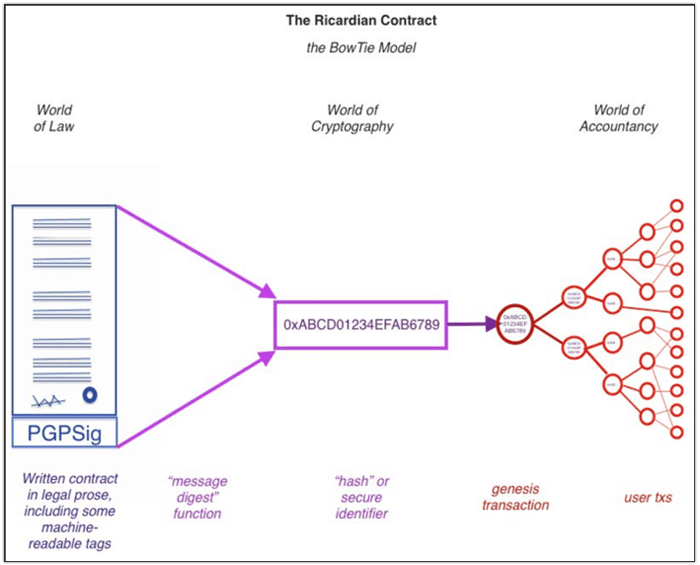
Unlike Smart Contracts, which cannot be read, Ricardian Contracts are both machines as well as human-readable. Means, both computers and humans can read and understand these contracts without the need for any mediator. The basics of the Ricardian Contract include:
- Flow: It can also automate operations on the Blockchain-powered applications.
- Purpose: It records the terms of an agreement as a legal document.
- Versatile: Any Ricardian Contract can be a Smart Contract as well.
- Validity: It is a legally binding document or agreement.
- Readable: They are both machine-readable as well as human-readable.
This way, Ricardian Contracts open the door to legal agreements which are cryptographically verified and signed and can be taken to the court if any discrepancy happens - which is not possible in the case of Smart Contracts. The key advantages of the Ricardian Contracts are:
- Act like Smart Contracts
- Save effort, costs, and time
- Bind both parties in a legal agreement
As Ricardian Contracts are extremely transparent and offer a faster resolution of the disputes, they are arguably one of the top Blockchain trends that will be huge in 2019 and beyond.
Interoperability to Rise Between Blockchain Networks
The key contributory factor behind the massive adoption of the Blockchain technology is Scalability, and True Scalability can only be achieved when different Blockchain networks can seamlessly interact with each other. This is exactly what the concept of Blockchain Interoperability exists for.
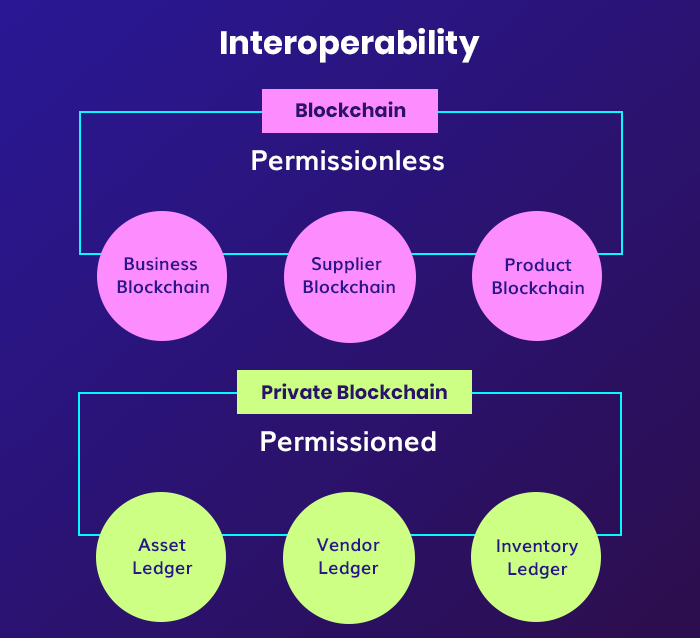
Allowing information sharing across different Blockchain networks and systems having different speeds and use-cases, Blockchain interoperability makes it more practical and easier for the public to view and access the data across different networks. The key benefits of Interoperability between Blockchains are:
- Makes it possible for users to transact from one Blockchain to another
- Offers diverse functionalities such as cross-chain transactions
- Improves multi-token transactions with the creation of multi-token wallet systems.
For instance, with Blockchain interoperability, you can one can send data and other information from one EOS Blockchain to another Ethereum Blockchain. Some genuine use cases of Blockchain Interoperability include:
- Trade, lend and borrow in a truly decentralized P2P (peer to peer) manner
- Workflow care plan management
- Healthcare provider directory
In upcoming years, we will see exponential growth in the number of vendors that implements Blockchain interoperability. Some notable examples include:
- Wanchain
- Blocknet
- Polkadot
- Aion
- Cosmos
Stable Coins will Dominate the Crypto Space
Being highly volatile in nature, Cryptocurrencies fluctuate with the market condition and therefore doesn’t have stable prices. For instance, if your coin is worth $1000 today, it might come down to $200 the next day. Stable Coins are introduced to deal with such kind of heavy fluctuations. The top benefits of Stable Coins include:
- Offers an additional layer of security to save you from currency crashes
- Simplifies the process of sending remittances overseas
- Enables streamline recurring & P2P payments
- Offers more stable currency exchanges
- Beneficial in decentralized financial services
- Create stability in the cryptocurrency
- Can be used as a regular global currency

Unlike Cryptocurrencies, Stable Coins have relatively much stable prices and do not get affected by market conditions. Their prices are stable all the time because their value is tied to a real-world asset such as Silver, Gold, or even US Dollars. There are four main types of Stable Coins:
- Commodity-backed
- Fiat-backed
- Cryptocurrency-backed
- Seignorage-style (not backed)
Although Stable Coins are still in their infant stage, they are one of the most talked-about Blockchain technology trends today. Some brilliant examples of Stable Coins include:
- Tether
- DAI
- Gemini Dollar
- Paxos Standard (PAX)
- USDC
STOs: The Future of Fundraising
Initial Coin Offerings (ICOs) have been one of the major Blockchain trends for almost two years, however, they are still an unregulated way of raising funds from the capital market. In fact, nearly 50% of the ICOs are scams which is a prominent factor causing a loss of trust among investors. For this reason, Security Token Offerings (STOs) are gradually replacing ICOs as an equally good way of pulling up money from the market. There are several benefits of STOs over ICOs, like:
- Reduced scam risk
- Token usage
- Protection of investors' legal rights
- Creates a transparent environment between the investors and companies
- Restores the trust between the company and its investors
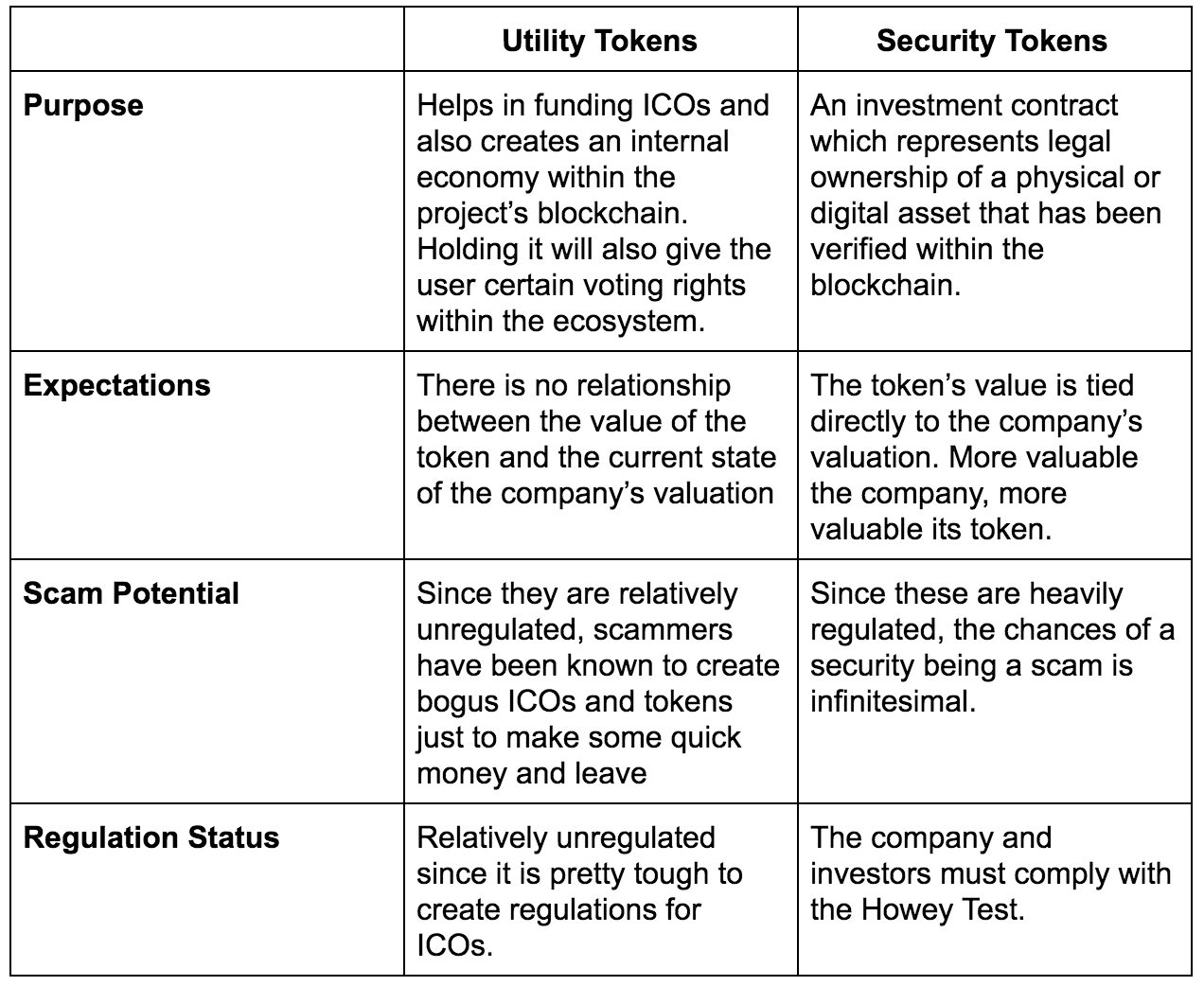
In contrast to ICOs, STOs are highly regulated and backed by tangible assets of a company, like revenue, profit, and digital assets, thereby combining ICOs and IPOs to protect investors’ rights and offer them a much safer and genuine reason to put their money into the emerging technology. In other words, ICOs are the regulated equivalent of ICOs. Some of the best use cases of STOs are:
- Investment Banks
- Money Exchange
- Media
- Development
Blockchain will be Integrated with Other Latest Technological Innovations
Some of the latest technological innovations that have been introduced in the digital world alongside Blockchain are AI (Artificial Intelligence), IoT (Internet of Things), Big Data, and Biometrics. In 2019 and upcoming years, we can expect Blockchain to be integrated with these cutting-edge technologies to deliver users a more streamlined and personalized experience.
AI and IoT - especially these two technologies will be combined with Blockchain on a large scale to make users’ both personal and professional life better. In fact, there are several IoT companies which have already incorporated Blockchain into their products and services to make the world a better-connected place. Following are some popular examples:
- IOTA
- Chain of Things
- Atonomi
- IoT Chain
Moreover, according to a recent report published by MarketsandMarkets, the Blockchain IoT Market is expected to be worth $3021 Million by 2024.
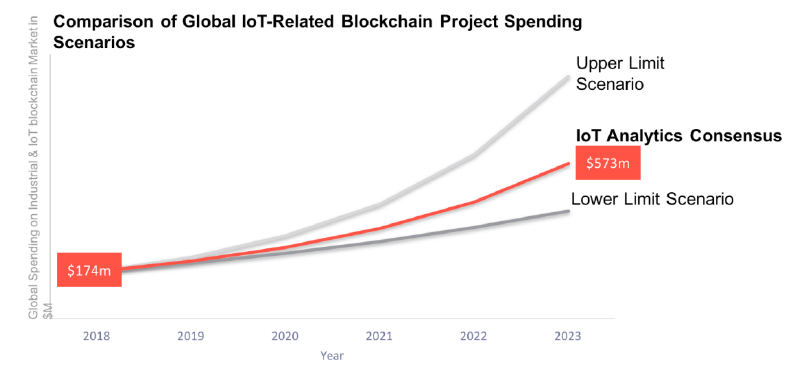
Some notable use-cases of Blockchain in IoT are:
- Supply Chain and Logistics
- Automotive Industry
- Smart Homes
- Sharing Economy
Likewise, Blockchain and AI can together provide truly persuasive advantages to users only if both the technologies assist and learn from each other.
Here’s is what AI and Blockchain can take from each other:
How can Artificial Intelligence be helpful to Blockchain?
- Privacy
- Efficiency
- Scalability
- Security
- Energy Consumption
How can Blockchain be helpful to AI?
- Increases Effectiveness
- Reduce High-end Risk Scenarios
- Lower Market to Entry Barriers
- Increases trust in Machine-to-Machine (M2M) Communication
Blockchain: A New Weapon In Cybersecurity
Cyber breaches cost the global economy about $200 billion every year. Since Blockchain was created as a solution to tighten the security of transactions, it wouldn't be exaggerating to say that this is the area where Blockchain still has a lot to offer. As far as the cybersecurity is concerned, Blockchain in upcoming years is expected to transform:
- Social Networking: With the implementation of Blockchain in social media, users will gain more privacy and control over their data. Also, they will be able to determine the type of content to be displayed - which currently lies in the hands of the platform owners.
- Content Streaming: Blockchain could prove to be extremely useful for content streaming services such as Netflix and Hulu since it allows you to store data more securely and paves the way for interoperability, which ultimately results in reducing the overall operating cost.
Other Prominent Blockchain Technology Trends
Asset Tokenization: With the rise of alternative asset classes, the Blockchain industry will shift from crypto to digital assets. The tokenization of well-performing assets will drive loyalty, which will be extremely beneficial for real-estate and financial institutions.
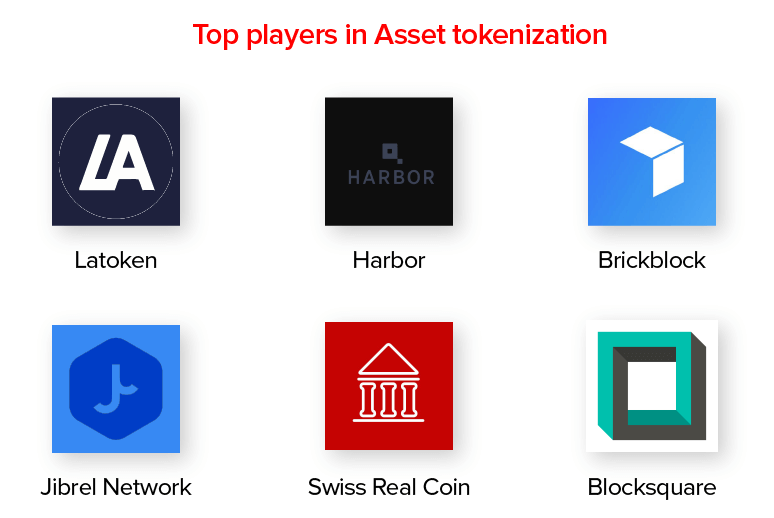
Increased Blockchain Adoption: While Blockchain is already being used by many industries, including Food Safety, Pharmaceuticals, and Fashion, we can expect Blockchain adoption to spike across more industries. For instance, both the Gemstone Industry and Climate Industry have recently started to use Blockchain.
More Blockchain Jobs in the Market: With an increasing number of organizations adopting Blockchain technology, it’s obvious that the demand for Blockchain experts will explode in near future. As TechCrunch reports, Blockchain-related jobs today are the second-fastest-growing vertical in the labor market.
More Favourable Blockchain Regulations: As the Blockchain technology is getting more and more popular day by day with continuously increasing usage across different industries, it’ll also receive a considerable amount of attention from regulators and lawmakers in the coming years.
For instance, the CAC (Cyberspace Administration of China) has recently regulated the operations of Blockchain startups and companies with several guidelines and legislations.
Decentralized Apps (DApps) will Gain More Traction: With the advent of Ethereum Casper Protocol, all the issues related to the development of DApps will gradually be eliminated and consequently the adoption of Dapps will increase in upcoming years. Also, DApps will prove to be a key to decentralize Government services.
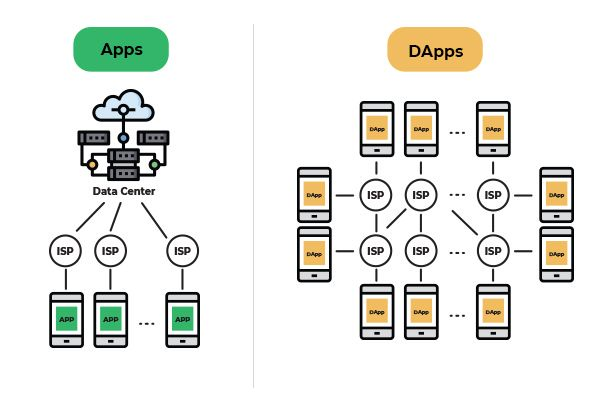
Related Posts
Blackmail is a serious crime that can cause immense stress and fear.
In today's data-driven world, databases form the backbone of countless applications and systems that power businesses across industries.
It’s no longer a hidden fact that social media platforms like Facebook affect the mental health of users.
Relocating an IT company is a significant endeavor that involves careful planning, coordination, and execution.
Today maintaining office security has become an important concern for businesses of all sizes.
A registered office address is a fundamental requirement for any business entity, whether it’s a corporation, limited liability company (LLC), or partnership.













Comments
comments powered by Disqus